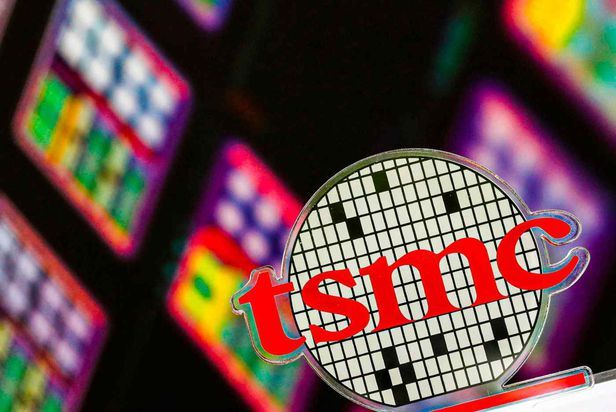Market Now
TSMC prepares $44b investments to leave Samsung out in foundry race
 |
TSMC logo (Reuters-Yonhap) |
The goal of Samsung Electronics becoming the No. 1 foundry player by 2030 is facing a major hurdle as its rival TSMC prepares a whopping $44 billion investment in 2022 to consolidate its lead, according to industry sources Monday.
“Last year, Samsung Electronics spent roughly 40 trillion won ($33.5 billion) in memory, foundry and infrastructure investments. This year, TSMC plans to spend more than 50 trillion won solely for the foundry business,” said Lee Seung-woo, an analyst at Eugene Investment Securities.
“As the foundry business requires a tremendous amount of investment, under the current business structure it would be difficult for Samsung to catch up with TSMC.”
Samsung’s pursuit of TSMC faces greater uncertainties as 2022 is likely to become the first year the South Korean tech giant is surpassed by the Taiwanese foundry dominant in terms of chip investments.
TSMC this year plans to invest up to 52.2 trillion won for chips, whereas Samsung is estimated to spend 45 trillion won. Its plan goes beyond Samsung’s recent chip investments, which stood at 32.9 trillion won in 2020 and 40 trillion won in 2021 which both far exceeded TSMC’s 18.4 trillion won and 35.6 trillion won in the same period.
Behind TSMC’s massive chip investments stand staggering performance in 2021. Last year, TSMC’s revenue surged 24.9 percent to $56.8 billion compared to a year prior, while its operating profit spiked 40.9 percent to $23.2 billion, which is almost at 90 percent of Samsung’s operating profit in chip business worth $25.6 billion.
As TSMC doubles down on chip investments, its gap with Samsung is expected to only widen. According to TrendForce, TSMC commanded 53.1 percent of the global foundry market in the third quarter last year, followed by Samsung’s 17.1 percent.
Knowing that it can’t beat TSMC in terms of scale, Samsung is making all-out efforts to take the lead in technology. Samsung aims to mass-produce 3-nanometer chips in the first half of this year, which would be at least one month earlier than TSMC’s mass production timeline scheduled for the second half of this year.
To further catch up with its archrival, Samsung aims to produce the 3-nm chips with a breakthrough technology called gate-all-around, or GAA, which would allow up to a 35 percent decrease in area and 30 percent higher performance or 50 percent lower power consumption compared to 5-nm chips. TSMC is expected to apply GAA technologies starting with 2-nm chips, which are set for mass production in 2024.
Nanometers refer to the distance between two transistors on a chip, with 1 nanometer being one-billionth of a meter. The smaller the distance, the more transistors can fit inside and the faster the chip becomes. The shorter the distance also means less power is required to reach all the billions of transistors packed in a chip.
The most advanced chips in the market are 5-nm chips, which are in demand by advanced IT firms such as Apple and Nvidia. They are also bestsellers in the cryptocurrency industry, where high-computing and low-power chips are essential for profitability.
By Kim Byung-wook (kbw@heraldcorp.com)





![[Exclusive] Hyundai Mobis eyes closer ties with BYD](http://res.heraldm.com/phpwas/restmb_idxmake.php?idx=151&simg=/content/image/2024/11/25/20241125050044_0.jpg)


